How to look after your lawn in autumn to ensure Wimbledon-worthy grass next spring
Prepare your garden for winter by following these expert-approved autumn lawn care tips
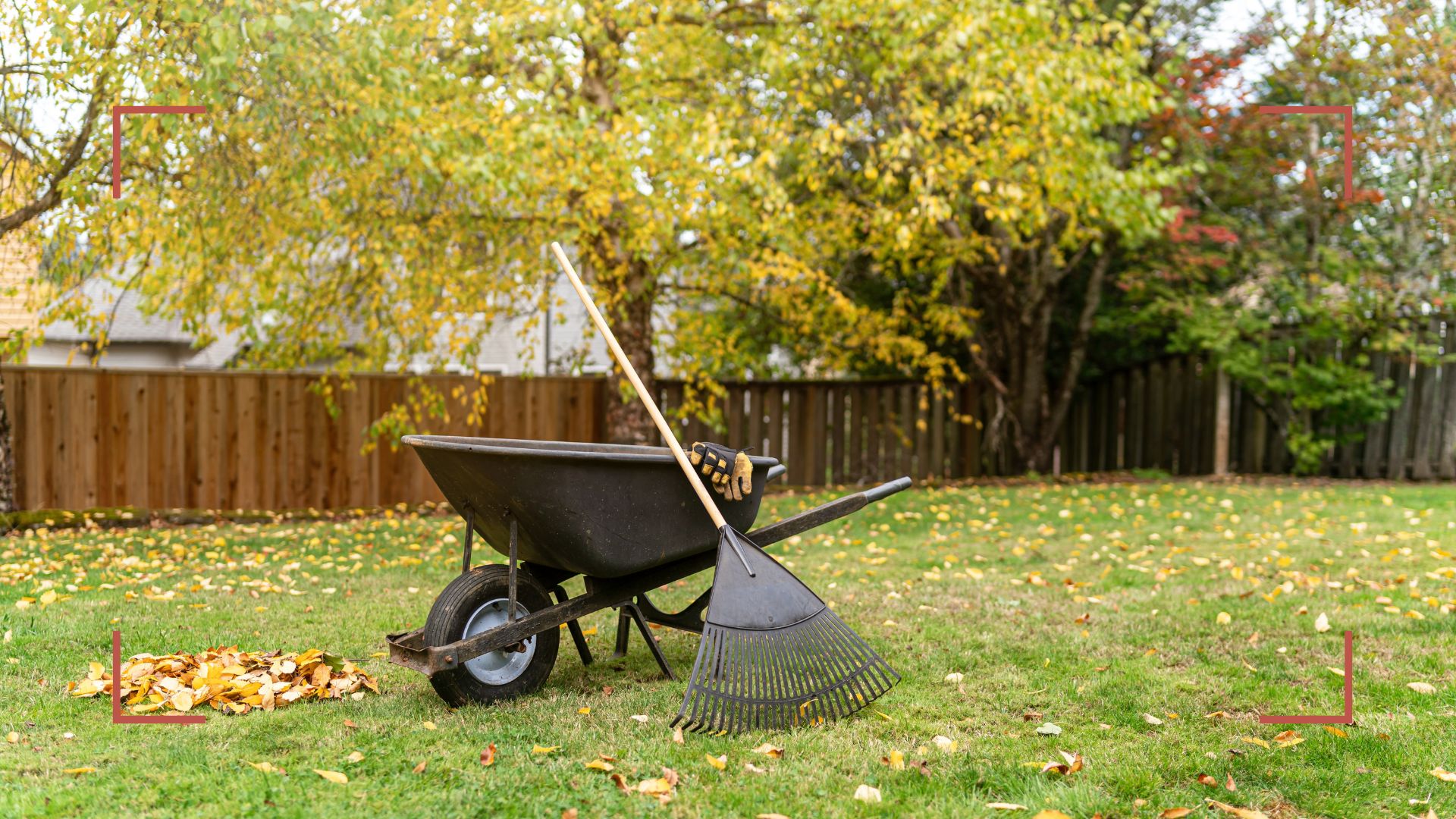

Dedicated autumn lawn care practices are essential for achieving better results next spring, as they ensure your grass is protected and prepared to withstand the harsh weather conditions during the colder months.
From knowing when you stop cutting the grass for winter to when to leave grass cuttings on the lawn, it's all about timing and peak temperatures when it comes to getting it right as we transition from autumn into winter.
Preparing the grass for the dormant winter months ahead is essential not only for securing a lush spring lawn but also for helping to ensure your lawn stays in good health throughout winter
How to look after your lawn in autumn: 6 expert care tips
Similar to how summer lawn care caters to the heat, autumn lawn care is important for protection from the harsh winter frosts and downpours.
“As autumn sets in, your lawn is often left damaged and scorched from the summer. With cooler temperatures arriving, it’s important to follow a few simple lawn care steps to help it survive the winter and return strong next year," says Chris Bonnett, founder of gardeningexpress.co.uk.
Here are the essential autumn lawn care tips from our experts to ensure healthy winter grass.
1. Clear fallen leaves and debris
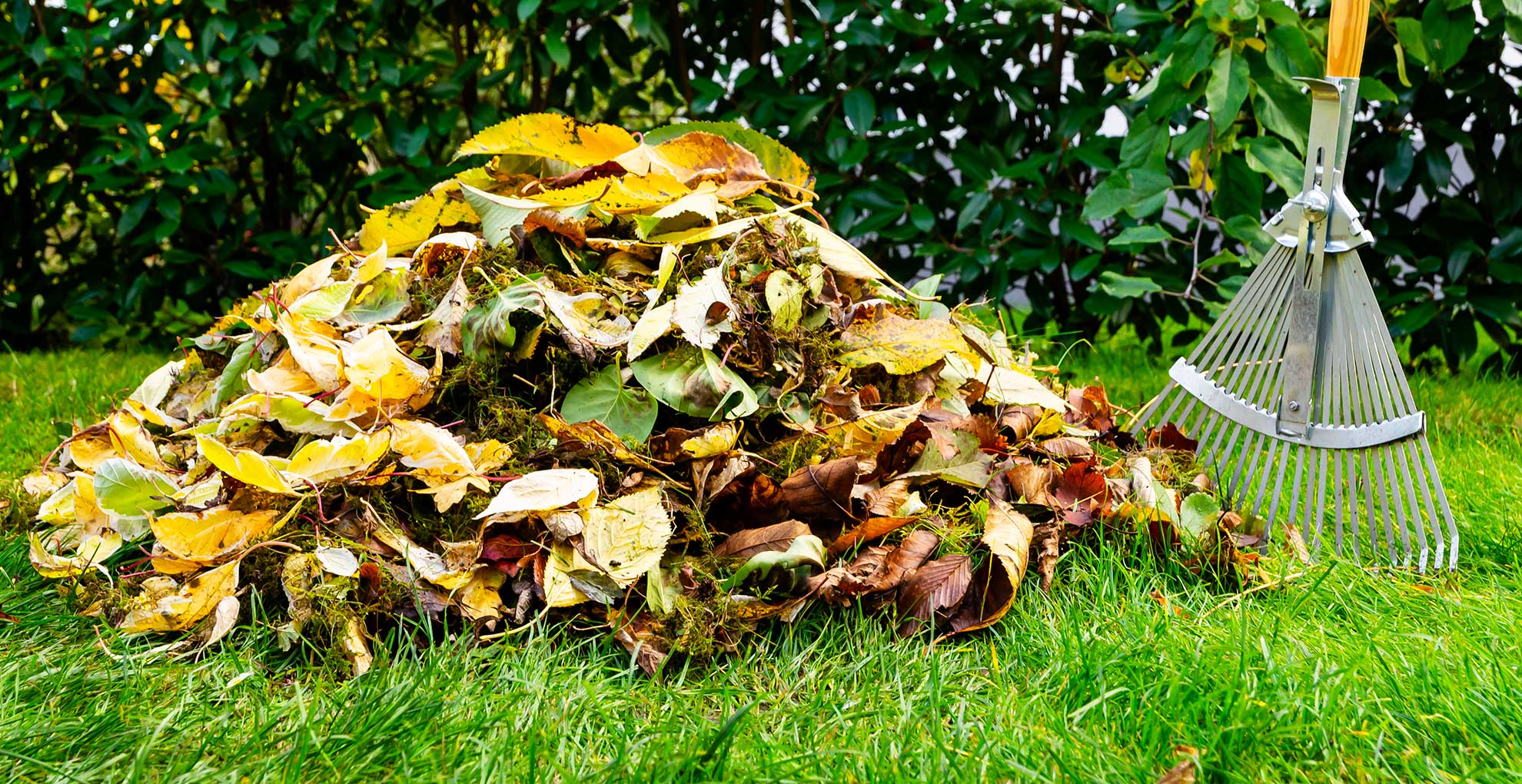
Start by raking your lawn to remove fallen autumn leaves. While leaves may seem harmless, they can cause serious harm to the grass below.
Sign up to our free daily email for the latest royal and entertainment news, interesting opinion, expert advice on styling and beauty trends, and no-nonsense guides to the health and wellness questions you want answered.
"It may seem obvious, but clearing leaves and debris off your lawn regularly will help its condition when spring rolls around," says Chris McIlroy, a lawn care expert at The Grass People. "Leaves left on your lawn create an extra layer of moisture that can encourage fungal diseases to form."
"A dense layer of fallen leaves can block sunlight and trap moisture, creating an environment where fungal diseases can grow," explains Peter Chaloner, managing director of Cobra Garden Machinery. The lack of sunlight can hinder photosynthesis, impeding grass growth and eventually leading to thin, patchy, or dead areas of lawns.”
Chris McIlroy adds: "During winter, most trees (and favoured garden plants) will have completed most of their autumnal shredding, so carrying out a final tidy-up will help your lawn breathe a sigh of relief."This is also a great way to prevent weeds from taking root.
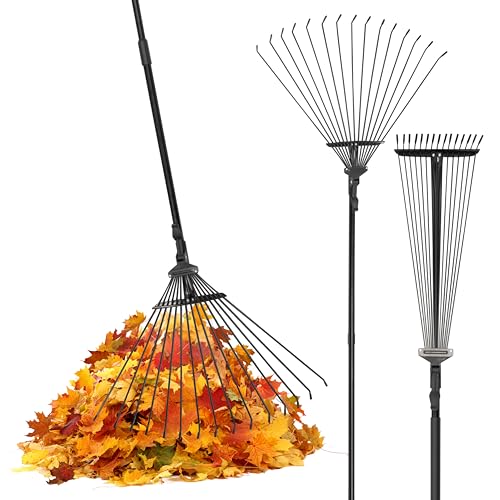
RRP: £13.99 | This 38-63" adjustable lawn rake is an Amazon's choice best seller for sorting your garden out.
2. Scarify and aerate
Ahead of giving your lawn its last mow of the year, it is a good idea to tend to maintenance tasks that can offer better protection during the winter months.
“Autumn is the best time of year to scarify your lawn (provided it's not wet) to remove any old clippings and moss from the surface," says Matt Kent, landscaping category manager at Toolstation. "You should also aerate the lawn by essentially using a garden fork to poke holes into the soil - this helps to deal with any potential wet weather."
"In terms of aerating, we would advise you to approach with caution and take into consideration the temperatures at the time of aerating," adds Chris McIlroy. "Don’t aerate when it is too wet, or too frosty, as the effects may be less impactful."
"If you have clay soils at home, aerating at the end of the season is good practice as it will help to alleviate the pressures of any rainfall in the coming season, and hopefully reduce the chances of waterlogging your lawn."
3. Leave grass longer
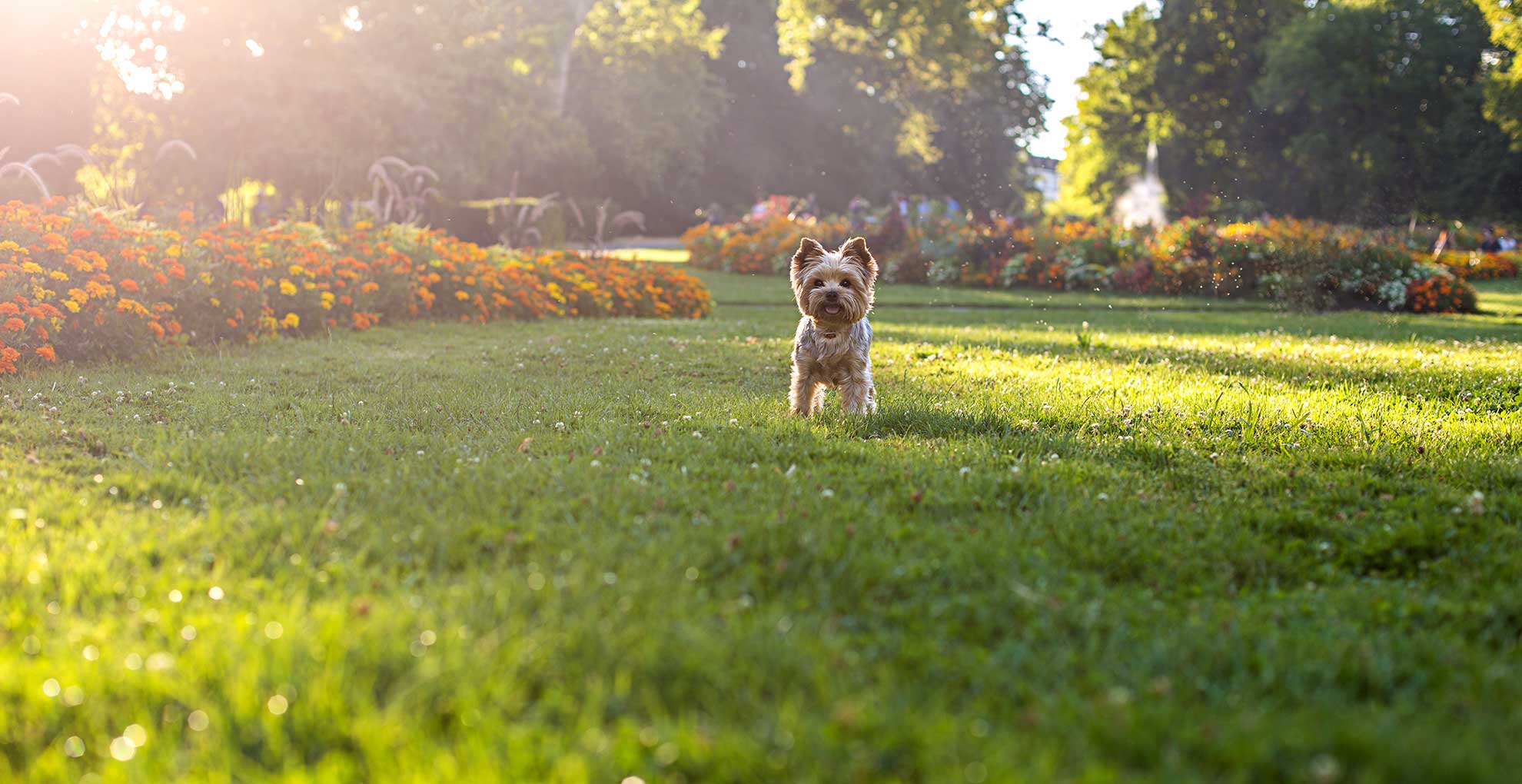
For winter, you need to be extra mindful of how low you cut the grass, as well as how often you mow. "For your final mow, we recommend adjusting the height of your mower to higher than you usually would," suggests Chris McIlroy. "Autumn/winter mowing aims to top the grass and to never cut too short in the winter.'
"Cutting grass too low makes it vulnerable to frost, disease, and further damage it will struggle to recover from," McIlroy warns.
“Mow the lawn to around 5cm," advises Chris Bonnett. "This keeps the grass short enough to avoid trapping moisture and causing diseases while still being long enough to protect the roots from frost."
“It's really important to remove any grass clippings after mowing the lawn," Chris warns. "If left over winter, the clippings can encourage fungal growth due to reduced airflow and sunlight. Darkness, warmth, and dampness create ideal conditions for problems to develop.”

Chris Bonnett is the founder of online garden centre GardeningExpress and has been in the horticulture industry for over 20 years. Whilst he was a teenager he combined his passion for the outdoors with the internet to deliver quality plants across the UK and Europe.
4. Feed your lawn for one last time
Think of it as preparing to hibernate. Giving your lawn one last feed ensures it has all the right nutrients to help it stay healthy and strong during winter when lawns become far more vulnerable to the effects of frost, snow and disease.
Feeding your lawn for winter with the right fertiliser at the right time of year will provide it with all the nutrients it needs to get through the colder months and emerge healthy in spring.
"If you’re worried that your lawn might already be showing signs of being sick, you may wish to consider applying a quick-release fertiliser," says Chris McIlroy. "I recommend the Quick Release Autumn/Winter Fertiliser, £38 for 10kg, at The Grass People. These are normally high in phosphate and potassium that team up to strengthen the root system and harden your grass so it can build immunity against disease."
"As it is a quick-release fertiliser, it will quickly protect your lawn when it needs it most. We would strongly recommend using slow-release fertilisers. I recommend the Slow Release Autumn/Winter Fertiliser, £40.25 for 10kg, at The Grass People. If your lawn allows for it, this will replicate the same results over a longer period of time."
5. Tidy and take the weight off
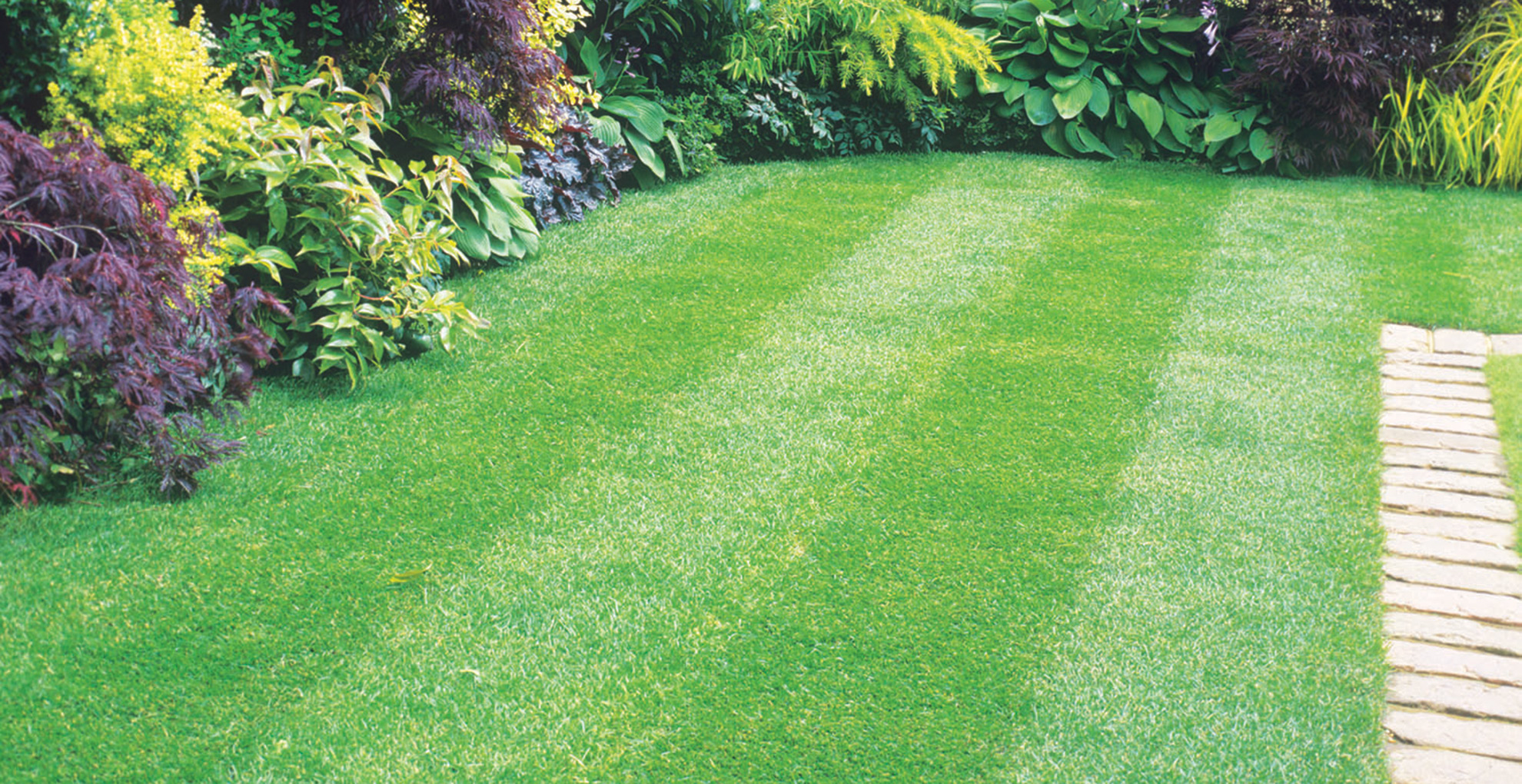
Provide your lawn with the best chance of survival by allowing it to recover from the stress of summer. An important step for this is to remove your wooden garden furniture, post-summer cleaned BBQ and any garden accessories to take the weight off.
Moving unused furniture or objects in your garden – e.g. swing sets, trampolines, etc. can give your grass a much-needed opportunity to recover during the dormant months.
This should also include any tender plants to bring indoors in autumn, to free up the grass from any heavy pots and planters.
6. Sow grass seed
The optimum temperature for sowing grass seed is between 8 and 10 degrees and above, which is why autumn is the best time to do it before the numbers plummet in winter.
"In many places, throughout the UK, we are still reaching these temperatures until mid-October," says Chris McIlroy. "Sowing in autumn means less work for you in spring, so you can kick back, relax and enjoy all that the coming summer has to offer."
FAQs
And how to repair lawns damaged by summer heat?
Summer temperatures, especially the likes of which we've seen this year, can wreak havoc on grass health. “After summer, it’s a good idea to aerate and scarify your lawn which may be sun-damaged, compacted, or covered in thatch," advises Chris Bonnett.
"Early autumn when the temperature has dropped is the ideal time to carry out these tasks. Aerating improves drainage and helps oxygen reach the roots, while scarifying removes built-up thatch and moss, allowing new growth to thrive."
“If your lawn is looking sparse or worn out after summer, a good autumn feed can help strengthen the roots and encourage regrowth for a healthier lawn come spring.”

Tamara is a highly experienced homes and interiors journalist with a career spanning over 22 years. Now the Lifestyle Editor of womanandhome.com, she previously spent 18 years working with the style teams at Country Homes & Interiors and Ideal Home. With these award-winning interior teams, she gained a wealth of knowledge and honed her skills and passion for styling and writing about every aspect of lifestyle and interiors.
A true homes and interiors expert, Tamara has been an ambassador for leading interior brands on multiple occasions, including appearing on Matalan’s The Show and presenting at top interior trend forecasting events such as the Autumn Fair and Spring Fair.
You must confirm your public display name before commenting
Please logout and then login again, you will then be prompted to enter your display name.